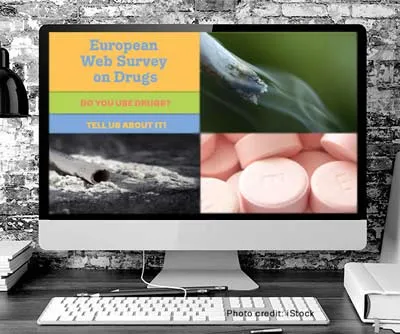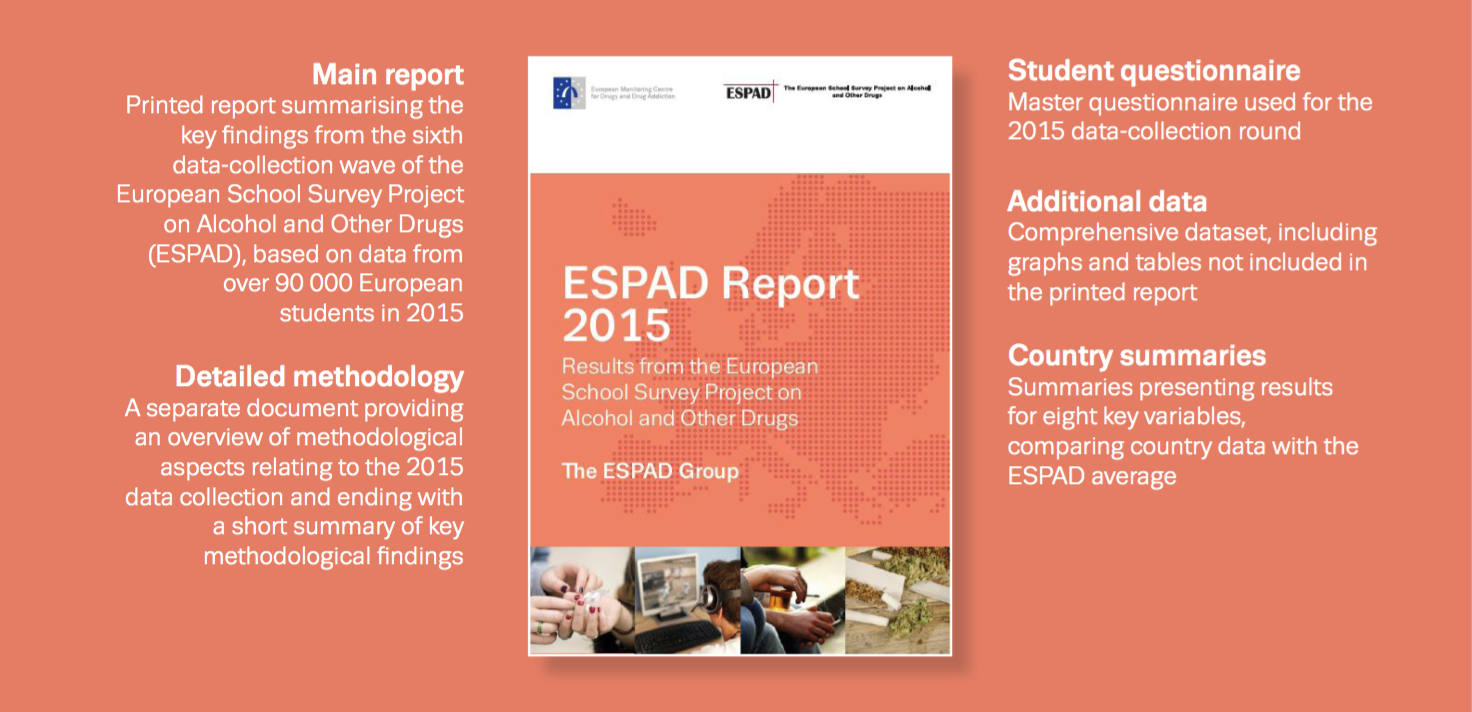Expert meeting on the epidemiological indicator Patterns and trends in drug use (GPS)

On 19 and 20 September 2016, the EMCDDA will bring together more than forty European and international experts for a meeting on the key indicator Prevalence and patterns of drug use among the general population (GPS). There will be a range of presentations from both EU and other countries, projects and institutions (amongst others, Australia, Switzerland, the ESPAD project or the RARHA project on alcohol).
These regular meetings on the indicator change their focus from year to year. This year particular attention will be given to methodological developments on the indicator, the link between drug use surveys and other drug-related monitoring tools, targeted surveys in drug use and will also serve as a platform for discussion on drug use issues.
Also see our GPS indicator page and our Statistical Bulletin website where we present the detailed methodological information about national surveys and on which you can find the most recent data.
Meeting topics
The EMCCDA is working on the preliminary list of topics for the meeting. In addition to patterns, prevalence and trends in general, thematic topics for this year will include, amongst others:
- Recent trend analyses based on the most recent national surveys, including a presentation of the Swiss rolling drug survey.
- Session on 'The dark side of drug use surveys': discussion on the revision of the European Model Questionnaire (alcohol, NPS, perceived availability and psychoactive medicines modules), presentations based on national experiences with these modules.
- Attention will be given to instruments to measure alcohol use. EMCDDA is working closely with the RARHA Joint Action (Joint Action on Reducing Alcohol Related Harm) of the Health and Food Safety Directorate General (DG SANTE) of the European Commission to develop common instruments to measure alcohol use and problems.
- The monitoring of new psychoactive substances and psychoactive medicines will also be discussed. The EMCDDA has developed a module on NPS to be used on population surveys similar to the one used in ESPAD and the Eurobarometer, but some countries are still using different instruments. Measurement of psychoactive medicine use is particularly challenging, both because of their availability in the legal, illegal and grey markets (e.g. on-line pharmacies), and because differentiation between use and abuse could be very subjective in many cases.
- Targeted surveys: recreational/nightlife settings, web surveys (e.g. European Web Survey on Drugs).
- Session on linking traditional epidemiological surveys on drug use and waste water methodology, with a presentation, amongst others, on the preliminary results of a study using waste water data and hospital emergencies.
- Link between prevalence data with other indicators, with a focus on recent analyses on the field of prevention and drug policy.
- The use of drug use data to assess emerging trends: Trendspotter methodology, Australian presentation on the Illicit Drug Reporting System. See Rapid Communication on ‘Recent changes in Europe’s MDMA/ecstasy market’.
- Launch of the 2015 ESPAD (European school survey from 35 countries) report on 20 September.
- Joint session with the Problem Drug Use expert meeting, with a focus on the link between the two indicators: presentations from CDC on the US opioid epidemic and on high-risk cannabis use. Monitoring cannabis use, high risk cannabis use and resulting problems are currently top level policy issues, given the on-going, rapid changes in cannabis regulation.
More information will be published closer to the meeting.









